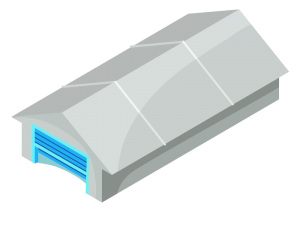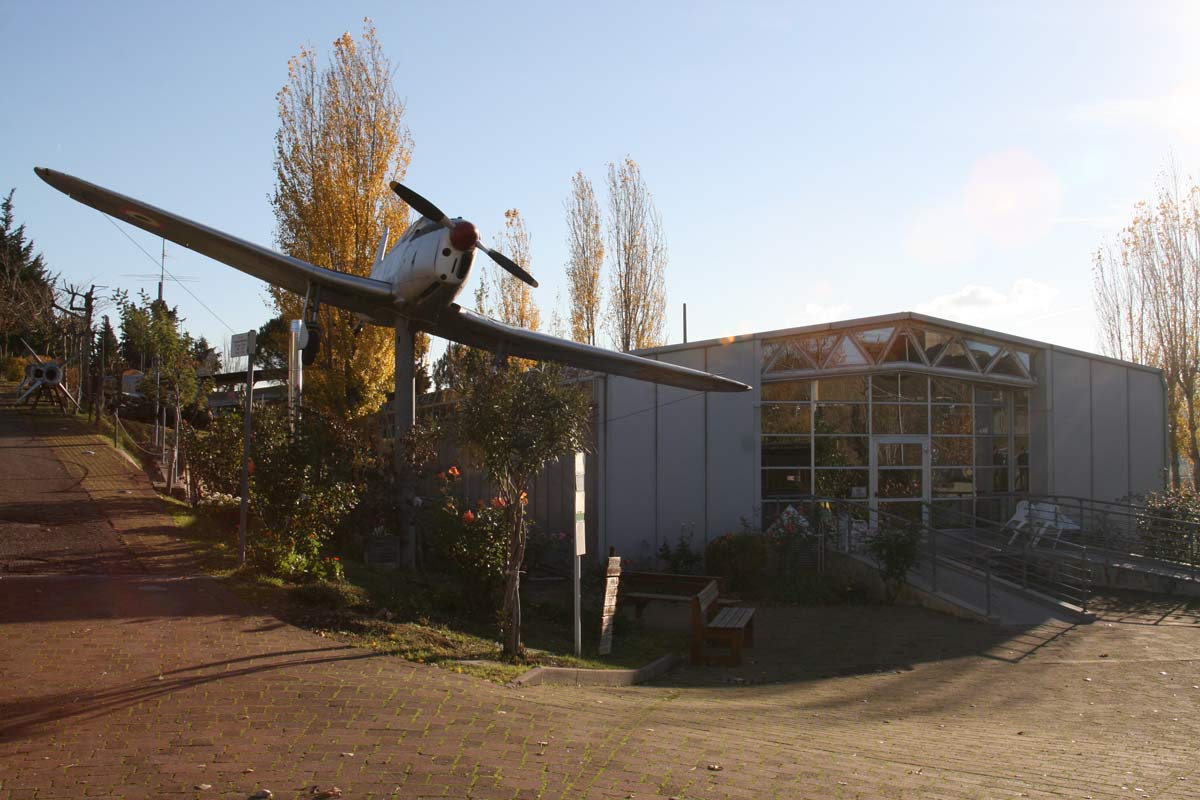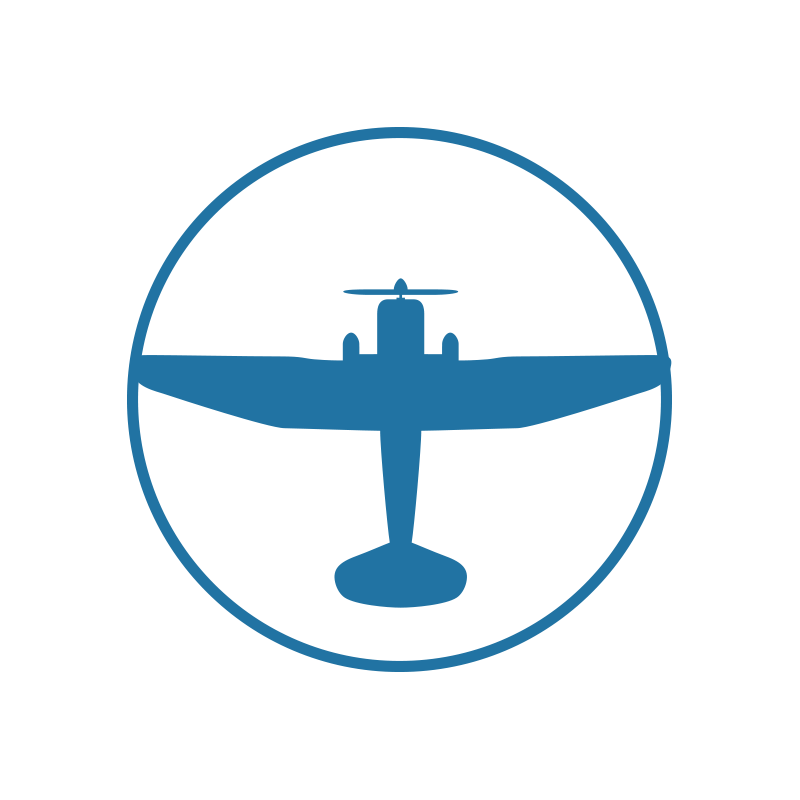Aviation Park
Aviation Park
The first of the structures that you encounter when entering the park is the Aviation Museum.
The modern pavilion that houses the rooms is made with an advanced design and technologically advanced materials. It rises on different levels and exposes what most of the time is not stored in any other part of Italy and the world.
Glass bulletin boards present to the public the uniforms and flight suits used by our pilots and specialists from the early twentieth century: from the uniforms that were the first pilots coming from the two existing weapons (Army and Navy), until reaching the suits from our current pilots of the Frecce Tricolori, F-104 and Tornado (on the lower floors). As evidence of their origin, in each bulletin board are visible the photos that testify the events of the soldiers who wore them. So we find the Great Summer Uniform for Officers, next to the photo that shows the car parade in the central streets of New York under a shower of leaflets praising the unforgettable Atlantic Crossing, carried out by our seaplane crews in 1933; the Manta Capota worn by our Pilot Officers during the Spanish War (1936) and the Meharista Officer’s uniform (Italian camel troops).
In addition to these photos, you can appreciate others that depict war actions, air combat or bombing and their effects, or simply the pilots and planes that celebrate the achievement of a prestigious record. In the great underground vault you can admire hundreds of decorations, decorations and medals, many of which are given to the greatest personalities of the time: Gabriele d’Annunzio, Aldo Finzi, Benito Mussolini, Italo Balbo and others (not being able to list them all in this we remember that 24 pieces are unique in the world, that is missing even in the collection of the State Museum). In addition to all this rigorously original material, the aircraft now irretrievably lost are retained photos or have been rebuilt the models in a reduced scale . Always by good modellers is also the great diorama representing the most important phases (takeoff and ditching) of the famous Siai SM.55, the famous aircraft that so much glory gave to Italy in the ’30s, making the adventurous transatlantic flight with twenty-four seaplanes that, taking off from Orbetello via Ireland, Iceland, North Pole and Canada reached Lake Michigan near Chicago. Finally, in a special room, the films are projected with the images taken by the cinema operators of the time, and anything else can still remember the times in which we competed and won with countries at the forefront of aeronautics like the United States, England , France and Germany.
On the outside, instead, we find the aircrafts, even already partially mentioned, such as the historical Saiman 202, the Republic F-84F and RF, the A.B. 47G2 and G3, the G.91 PAN, R and T, the Piaggio P.148 and 166, the other Fiat G.46, G.222, North American F-86K and T-6, Lochkeed T-33, Aermacchi MB .326, Grumman and DC-3 (Aeromisure, undergoing restoration), 18 different specimens all belonging to the various departments of the AMI, and the almost complete review of anti-aircraft weapons (from Bofors 40 mm. At Flak 8) , 8 cm, 3.7 inch English World War II, the modern Sam-2) and an even more significant magazine of aviation engines, from those in line, to radials, to boxer (helicopter) pistons, to finish with the various types of turbines.
Finally, the exhibition completes various aviation service vehicles: from mobile radar stations, to fire-fighting trucks, to oxygen supplies and much more.
A list and a detailed description can be viewed by clicking on the appropriate drop-down menu.
The first of the structures that you encounter when entering the park is the Aviation Museum.
The modern pavilion that houses the rooms is made with an advanced design and technologically advanced materials. It rises on different levels and exposes what most of the time is not stored in any other part of Italy and the world.
Glass bulletin boards present to the public the uniforms and flight suits used by our pilots and specialists from the early twentieth century: from the uniforms that were the first pilots coming from the two existing weapons (Army and Navy), until reaching the suits from our current pilots of the Frecce Tricolori, F-104 and Tornado (on the lower floors). As evidence of their origin, in each bulletin board are visible the photos that testify the events of the soldiers who wore them. So we find the Great Summer Uniform for Officers, next to the photo that shows the car parade in the central streets of New York under a shower of leaflets praising the unforgettable Atlantic Crossing, carried out by our seaplane crews in 1933; the Manta Capota worn by our Pilot Officers during the Spanish War (1936) and the Meharista Officer’s uniform (Italian camel troops).

In addition to these photos, you can appreciate others that depict war actions, air combat or bombing and their effects, or simply the pilots and planes that celebrate the achievement of a prestigious record. In the great underground vault you can admire hundreds of decorations, decorations and medals, many of which are given to the greatest personalities of the time: Gabriele d’Annunzio, Aldo Finzi, Benito Mussolini, Italo Balbo and others (not being able to list them all in this we remember that 24 pieces are unique in the world, that is missing even in the collection of the State Museum). In addition to all this rigorously original material, the aircraft now irretrievably lost are retained photos or have been rebuilt the models in a reduced scale . Always by good modellers is also the great diorama representing the most important phases (takeoff and ditching) of the famous Siai SM.55, the famous aircraft that so much glory gave to Italy in the ’30s, making the adventurous transatlantic flight with twenty-four seaplanes that, taking off from Orbetello via Ireland, Iceland, North Pole and Canada reached Lake Michigan near Chicago. Finally, in a special room, the films are projected with the images taken by the cinema operators of the time, and anything else can still remember the times in which we competed and won with countries at the forefront of aeronautics like the United States, England , France and Germany.
On the outside, instead, we find the aircrafts, even already partially mentioned, such as the historical Saiman 202, the Republic F-84F and RF, the A.B. 47G2 and G3, the G.91 PAN, R and T, the Piaggio P.148 and 166, the other Fiat G.46, G.222, North American F-86K and T-6, Lochkeed T-33, Aermacchi MB .326, Grumman and DC-3 (Aeromisure, undergoing restoration), 18 different specimens all belonging to the various departments of the AMI, and the almost complete review of anti-aircraft weapons (from Bofors 40 mm. At Flak 8) , 8 cm, 3.7 inch English World War II, the modern Sam-2) and an even more significant magazine of aviation engines, from those in line, to radials, to boxer (helicopter) pistons, to finish with the various types of turbines.
Finally, the exhibition completes various aviation service vehicles: from mobile radar stations, to fire-fighting trucks, to oxygen supplies and much more.
A list and a detailed description can be viewed by clicking on the appropriate drop-down menu.







